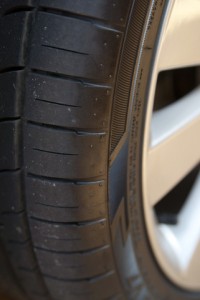Today marks the one-year anniversary of Hurricane Sandy, where over 150 people died as a result of the storm and it’s aftermath. On the one hand, this is a tragic event and it was unfortunate that it happened. On the other hand, Hurricane Sandy was just the most recent in a series of natural disasters. Fourteen months prior to Hurricane Sandy, Tropical Storm Irene hit the Northeast causing $15 billion dollars in damages. Sandy was also more devastating, as these superstorm statistics reveal:
- $65 billion in damages and economic losses.
- 200,000 small business closures from damage or power outages.
- 2 million working days lost.
- 8 flooded tunnels in New York
- 25 percent of cell sites out of service in 10 states.
- Estimates of total damage to the entire transit, road and bridge system in New Jersey reached $2.9 billion.
- New York’s transportation infrastructure, minus the subway system, suffered an estimated $2.5 billion in damage.
The Cost of Carbon
These costs of Superstorm Sandy affected more than just those that lived on the East Cost and those that did business on the Eastern Seaboard. It affected entire industries like the trucking industry who also have a vested interest in the area’s recovery and who can’t be at its best because of problems such as the working days lost and the lack of cell phone service. The cost of carbon is much more than bigger natural disasters and changing climates. It also includes a shift in our livelihoods and our way of life. Trucking is very much a part of that, and trucking can be part of the problem, or it can be part of the solution.
One Year Later
It’s been one year since the disaster, and thousands are still without a home and still without government aid or insurance money to rebuild. The industry is already making improvements, as U.S carbon emissions are at their lowest since 1994, but the time for action is now. This is action from everyone in the transportation community, and not just a few managed fleets or forward-thinking companies. The costs of carbon, of inaction, and of the climate change are already hitting the United States and aren’t going to stop. Below is a video illustrating more of these costs and the action that it will take to make a change:









